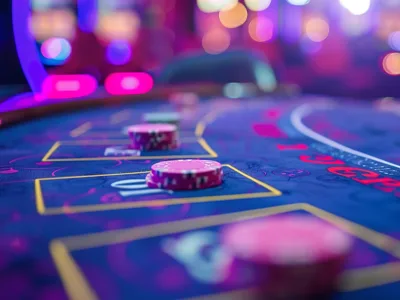By managing risk carefully, you give yourself the best chance of walking away with a positive result
When sitting at a blackjack table, one of the most important moments comes when the dealer shows a “stiff hand.” A stiff hand usually means the dealer has a total between 12 and 16. These are tricky spots for the house because the dealer is forced to hit, and there’s a good chance of busting if another high-value card comes out. For the player, knowing how to adjust when the dealer is vulnerable can make the difference between minimizing losses and turning the situation into a profitable opportunity.
The first key strategy is restraint. When the dealer has a stiff hand, it is often wise to avoid taking unnecessary risks. For example, if you are holding a hard 12 to 16, the temptation might be to hit in hopes of improving. However, the smarter move in many cases is to stand and let the dealer take the risk of going over 21. This decision helps reduce the chances of busting yourself while giving the odds a chance to play out in your favor.
Doubling down is another effective tool when conditions are right. If you have totals like 9, 10, or 11 and the dealer is showing 4, 5, or 6, doubling down increases your potential return. These are classic moments to put more chips in the pot because the probability of improving your hand is strong while the dealer is under pressure.
Splitting pairs is also worth considering against a stiff dealer hand. Hands like a pair of eights or twos can gain extra value when split, especially since the dealer’s weakness gives you more room to maneuver. On the other hand, avoid splitting tens, as a strong total of 20 is already a winning hand in most cases.
Overall, the guiding principle is to let the dealer’s disadvantage work in your favor. Patience, discipline, and a willingness to stick to basic strategy will allow you to capitalize when the dealer is most vulnerable.

